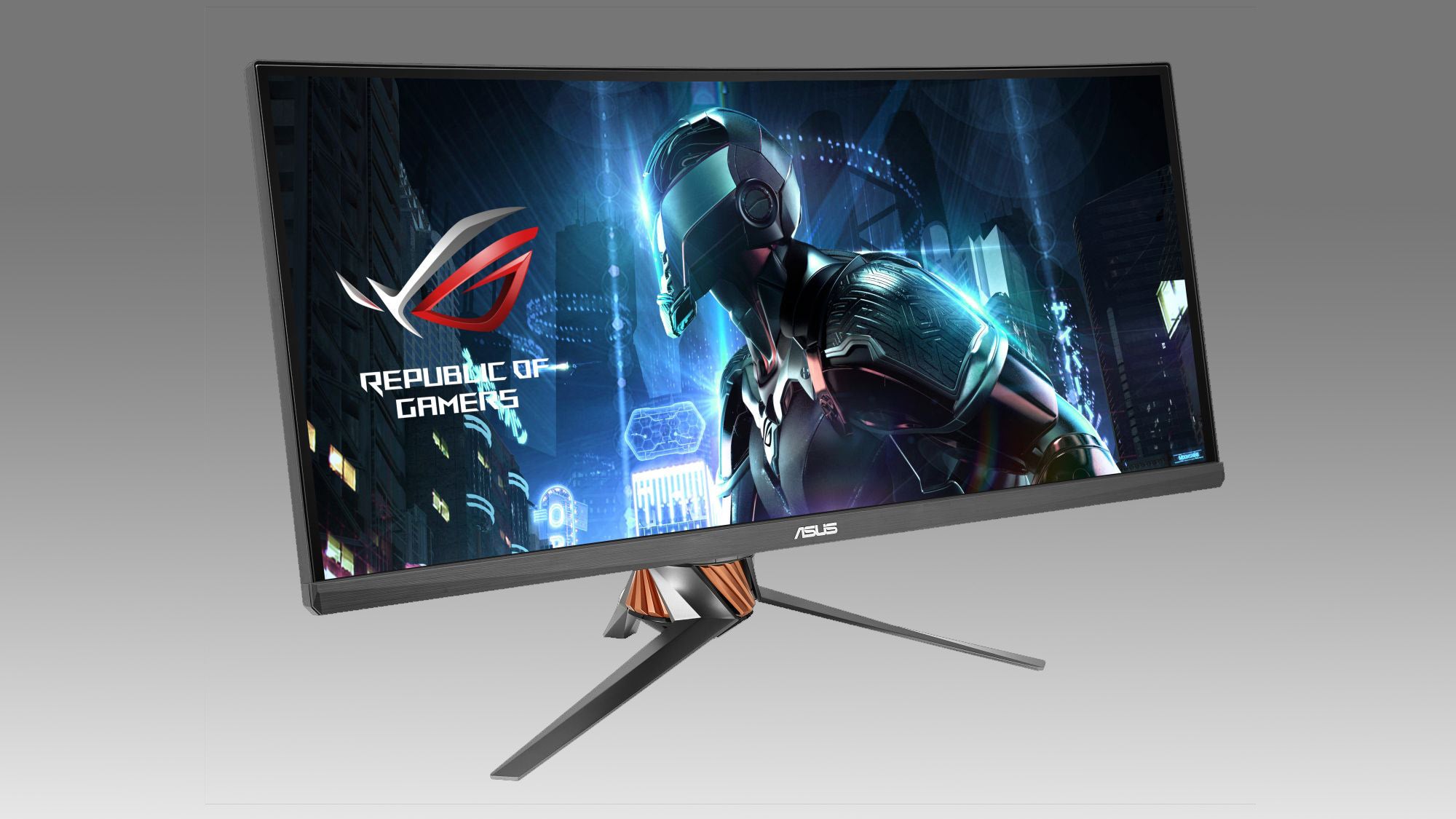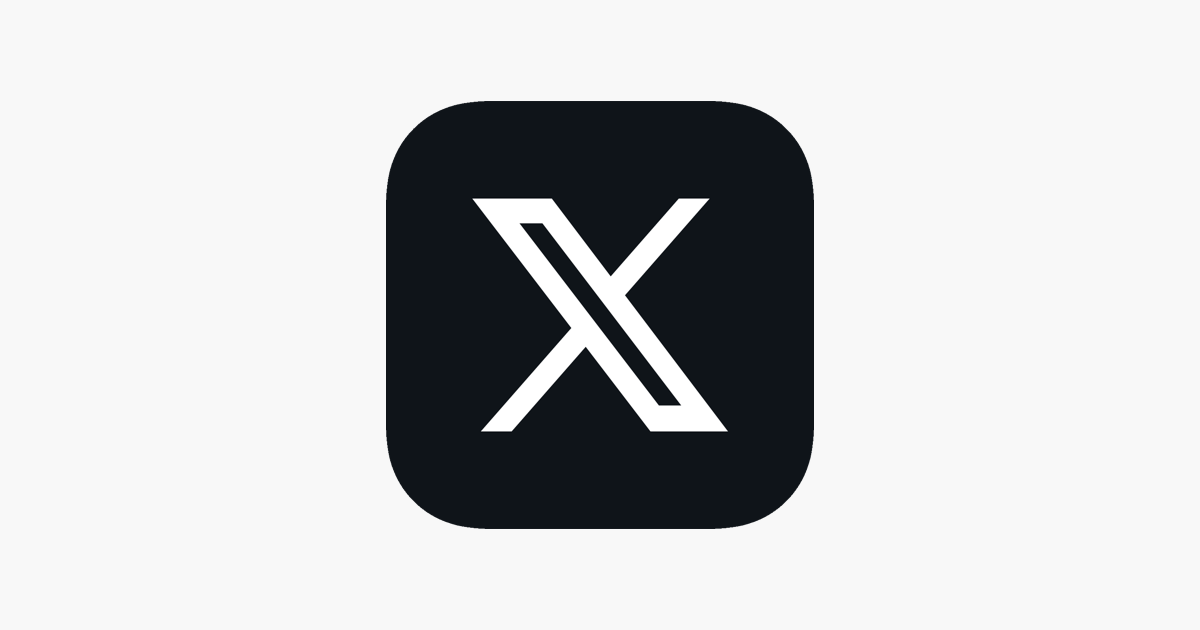What is USB-C?
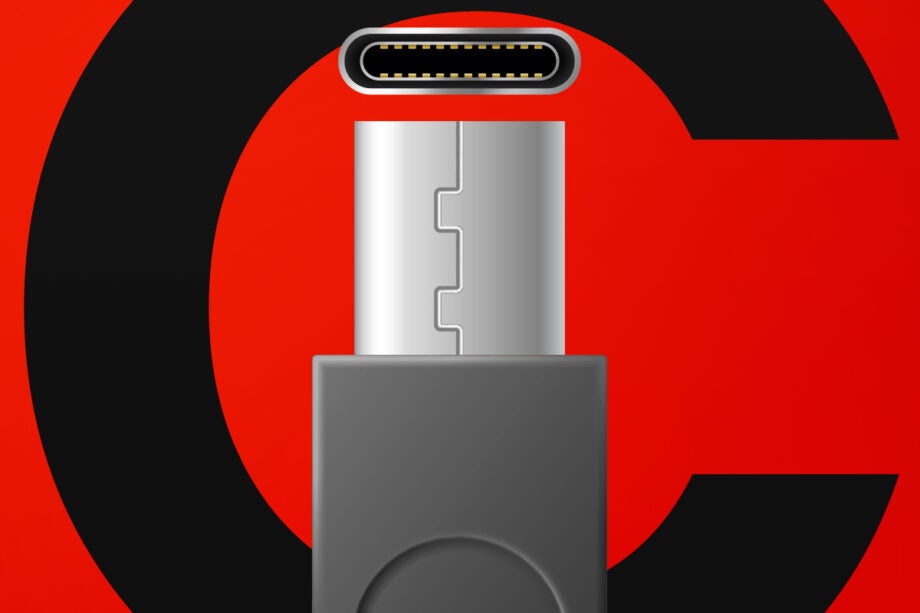
If you own any modern gadget, be it a smartphone, laptop, headphones or even a game controller, there’s a good chance that it will sport a USB-C port.
USB-C is quickly becoming the universal port of choice in the technology world, both for power delivery and data transfer. This universal adoption means you won’t need to worry about stocking multiple cable types, being able to use a single charger for multiple devices, which is not only more sustainable but also more convenient.
The adoption of USB-C has been a slow process, with Apple only recently adding it to its line of iPads while ditching the famous Lightning connection. Apple is also expected to add the USB-C port to the new iPhone 15 range this week.
But what exactly is USB-C, and how does it compare to alternative connection types such as USB-A, HDMI and Lightning? We’ve created this guide to explain everything you need to know about USB-C.
What is USB-C?
USB-C is an industry-standard connector that can charge a device as well as transmit data, making it one of the most convenient and versatile port options currently available.
The USB-C connector has an oval design, with rounder edges than the older rectangle-shaped USB-A port that looks like the bill of a duck.
One of the most appealing aspects about USB-C is that it offers multiple functions beyond charging up the battery. For example, the Nintendo Switch uses USB-C to output its display to an external TV, while USB-C can also be used to transfer data (such as documents, photos and videos) between devices.
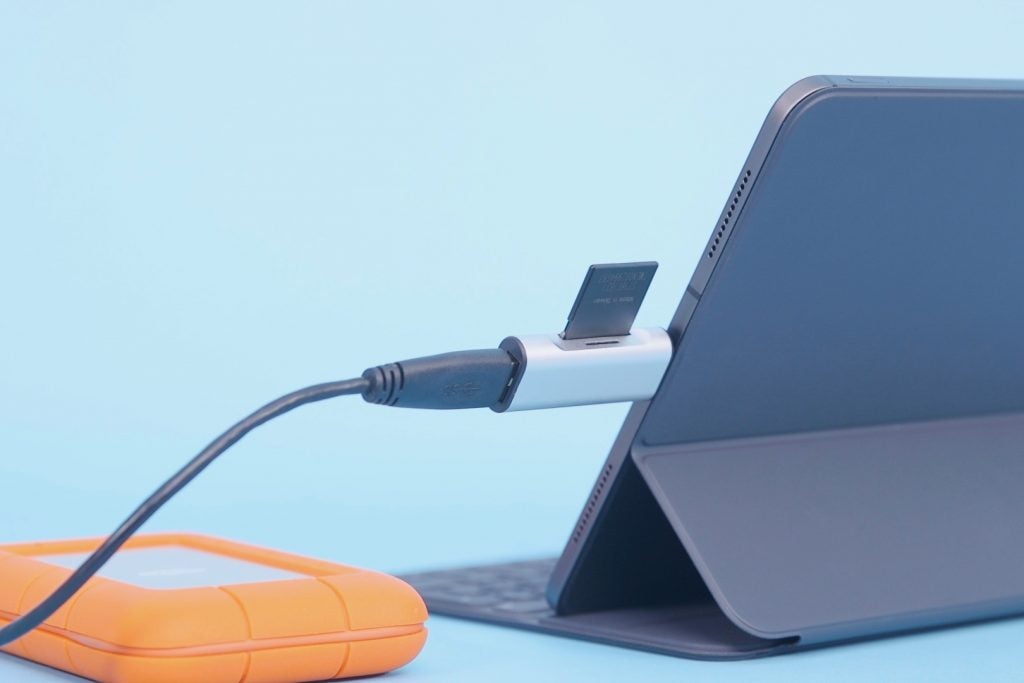
Its popularity and benefits have also seen it accepted by PC manufacturers since it can transfer data at such high speeds. This is useful for transferring over large video files and the like. However, because USB-C currently has restrictions on how much power can be transferred through it, the port connection is generally not used for power delivery on high-end systems like gaming laptops.
A lot of Android handsets use USB-C for charging, with Apple’s iPhone being the main outlier among smartphones, at least until the imminent iPhone 15 range.
How fast is USB-C?
It’s important to note that not all USB-C connections are the same. This means the power delivery and data transfer speeds will differ between devices, depending on which iteration of USB-C is being used.
It’s best to think of USB-C as the physical connector, while the likes of USB 2.0, USB 3.1, USB 3.2, USB4, USB4 v2, Thunderbolt 3, Thunderbolt 4 and Thunderbolt 5 will determine the level of performance instead.
Thunderbolt 5 is currently the most powerful version of USB-C, allowing up to 120Gbps speeds for data transmission, as well as up to 240W charging.
However, you’re unlikely to find many devices supporting Thunderbolt 5 before the end of 2023, so it’s worth checking the performance speeds of the USB-C connector for each individual device.
If you’re not sure how the Gbps speed metric relates to real-world performance, Belkin claims that 10Gb/s translates to transferring a high definition feature-length film over to another device in just 30 seconds when working at peak performance.
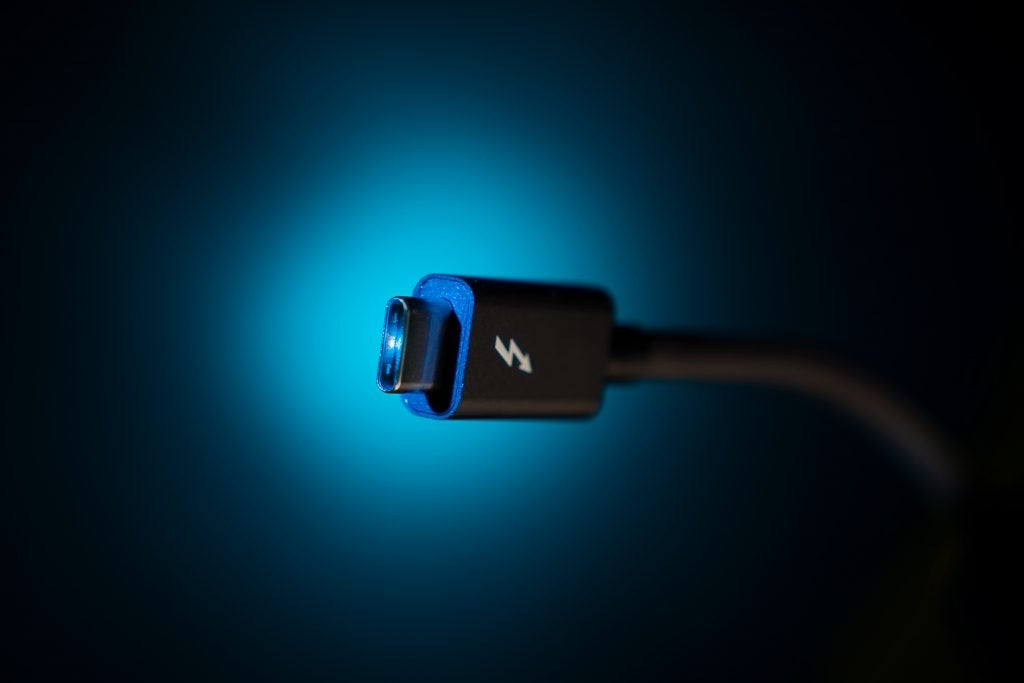
Looking at the charging front, USB-C can go up to 240 watts. For comparison, Apple’s Lightning charger caps out at just 30W, which is why the Apple Mac and iPhone chargers are not interchangeable; the phone chargers just aren’t powerful enough.
So while it is convenient to use the same charger between your tablet, laptop and phone, it’s also the more powerful option, which should result in less time waiting around waiting for your phone’s battery to be fully replenished.
Is USB-C the same as Thunderbolt?
USB-C and Thunderbolt are not the same thing, and so shouldn’t be mixed up.
USB-C is just the name of the physical oval-shaped port. This means that all Thunderbolt 4 technology uses the USB-C connector, but this isn’t true vice versa as there are other compatible connectivity standards such as USB 3.2 Gen 1 etc.
Thunderbolt has its own features and max speeds, with new iterations intermittently released as the technology improves.
Thunderbolt 5 is the latest iteration, supporting up to 120Gb/s, making data transfer even faster. Thunderbolt can also move as much as 240W of power over an interface, which further adds to its impressive speed and overall benefits.
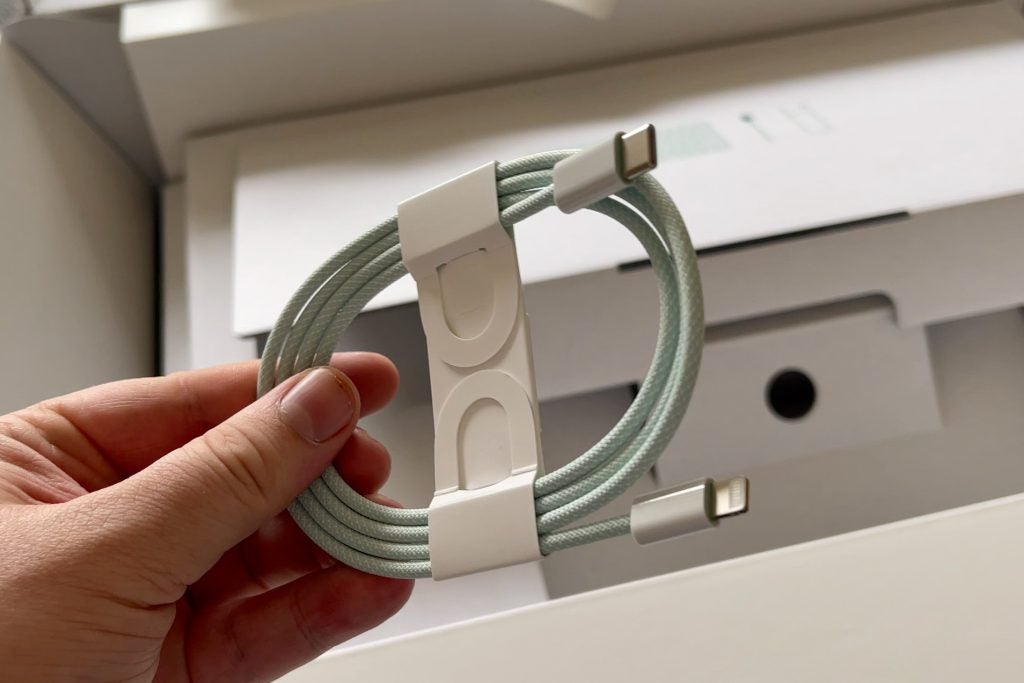
Thunderbolt can be used to transfer large data or media files (such as 4K video) over to a computer or PC without long waiting times.
It can be seen as the supercharger version of a USB-C connector, with Intel deciding to stick to the universal connector to ensure cables are backwards compatible and can work with a large range of devices.
Why is Apple changing to USB-C?
Apple has previously been the outlier when it comes to smartphones and tablets, using its own Lightning connector instead of a USB-C port. However, this looks to change with the new iPhone 15 series, as Apple finally embraces the USB-C port technology.
Apple was seemingly reluctant to move ahead with this change. A EU court ruling has essentially forced smartphone makers – including Apple – to standardise the charging port in the form of USB-C. While the ruling doesn’t come into effect until the end of next year, rumours all point towards Apple getting in ahead of the start date with the iPhone 15.
That doesn’t necessarily mean the iPhone 15 will benefit from rapid data transfer and ridiculously fast charging, however, with whispers suggesting that the iPhone range will only offer support for USB-C 2.0, with data transfer on a par with its Lightning counterpart. Let’s hope that isn’t the case, as an iPhone with fast charging would be an absolute game-changer.


